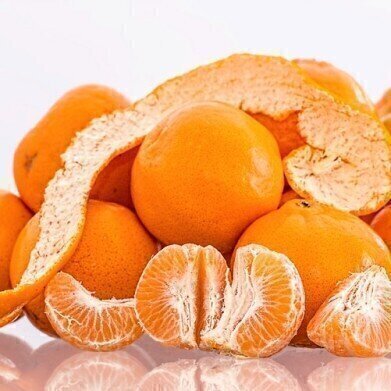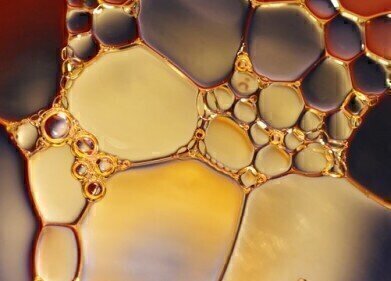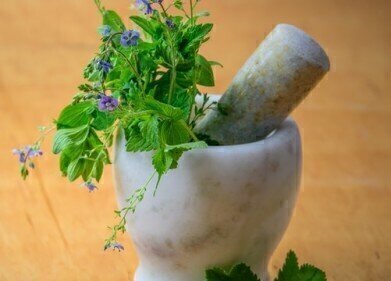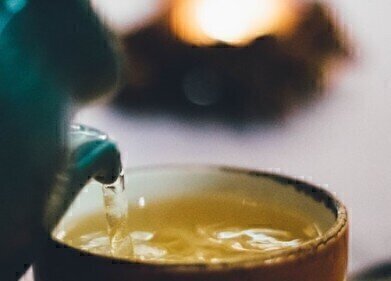Thin Layer Chromatography (TLC)
Is There Hidden Nutrition in Fruit Peel Waste? - Chromatography Explores
Jun 29 2019
We all know that we should be eating more fruit and veg. And when we see the images of plastic packaging floating in the oceans and littering the hedgerows - perhaps we need reminding that fruit and veg come ready wrapped and don’t need any additional packaging to carry it home and keep it fresh. Yes, whether it is bananas, pineapples or mangos - fruit comes with its own neat coat.
Now admittedly, for many fruits we don’t eat the peel either because culturally we never have or it is just too indigestible. But, according to a recent paper published in the Journal of Pharmacognosy and Phytochemistry, we could be discarding some valuable nutrients. The paper - Estimation of beta carotene from fruit peel wastes by high performance thin layer chromatography - describes how Indian researchers used chromatography to analyse the beta-carotene nutrients in fruit peel.
What’s beta carotene got to do with it?
Studies have indicated that fruit peels have important antioxidant activity. Phenolic acids, flavonoids and beta carotenes are all plant metabolites that have been shown to have antioxidant activity. Although there has been extensive work on beta carotene levels in vegetable peels, the study authors suggest that there is limited work on beta carotene in fruit peel wastes.
So, th researchers set out to find out more about beta carotene in fruit peel waste collected from the fruit beverage industry. Although beta carotene is not an essential nutrient, vitamin A is. And beta carotene is a precursor of vitamin A. Vitamin A is needed for healthy skin, the immune system and good eye sight. So, does fruit peel contain a precursor for a healthy life?
Beta carotene in the peel
The team of Indian scientists collected samples of peel waste from oranges, mangos and pomegranates at a juice manufacturing facility. After washing and drying, the samples were ground into a coarse powder before the beta carotene was extracted using a solvent mix of ethanol and hexane in an orbital shaker. The extraction process was repeated before the resulting extracts were analysed.
The samples were analysed using high performance thin layer chromatography. The plates used were pre-coated in silica gel and developed to a distance of 90mm with a mobile phase of petroleum ether and acetone. Developments in chromatography are discussed in the article, CE/LIF from Apogee to Slow Cruising Speed, for a Nice Future.
The researchers found that the fruit peel samples they analysed all contained beta carotene, with the orange peel having the most beta carotene, followed by mango and then pomegranate. But the study team report that: Although orange peel contains good amount of beta carotene, it is evident that fruit peels contain less beta carotene than vegetable wastes.
So, perhaps we should just stick to eating carrot peel - although the hairy bit of a kiwi is quite tasty I’m told.
Digital Edition
Chromatography Today - Buyers' Guide 2022
October 2023
In This Edition Modern & Practical Applications - Accelerating ADC Development with Mass Spectrometry - Implementing High-Resolution Ion Mobility into Peptide Mapping Workflows Chromatogr...
View all digital editions
Events
Apr 28 2024 Montreal, Quebec, Canada
May 05 2024 Seville, Spain
May 15 2024 Birmingham, UK
May 19 2024 Brno, Czech Republic
May 21 2024 Lagos, Nigeria














